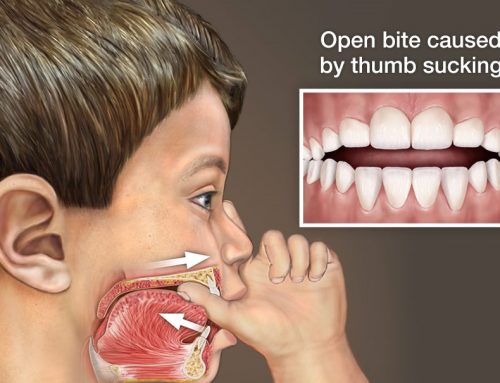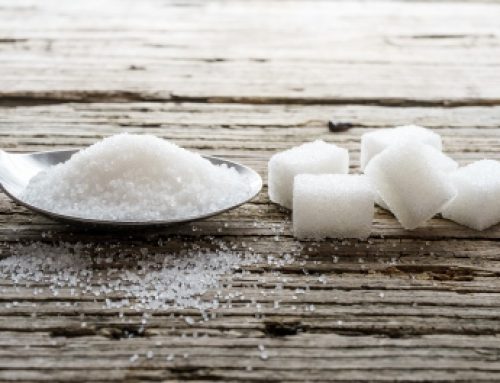As another New Year begins, many Americans have health, wellness, and fitness on their minds as they consider making resolutions. According to Statisticbrain.com, 21.4% of Americans make a resolution to lose weight or eat healthier in the New Year.
Healthy Food and Beverage Choices
People make resolutions to choose foods and drinks that are more natural (less processed), have lower fat, sugar, or salt content. Others resolve to drink more water. Choosing to eat healthier on a regular basis will positively impact our own feelings of confidence, wellness, and our appearance. Healthy food choices impact our oral health, not just our whole body health.
Refined and Processed Foods
Most of us eat refined and processed foods containing acid and sugar (usually found in the interior aisles of the grocery store). When foods high in acid and sugar are consumed frequently, the risk of cavities increases. If a food or beverage contains both acid and sugar, then the combined effect of these ingredients is far more damaging on your teeth than either ingredient alone. Some examples of these food products include sour candies (including sprays and gums), citrus fruits, and pickled or fermented foods. In particular, the amount of acid in some sour candies approaches the amount of acid found in battery acid. Some examples of these beverages include coffee with added sugar or cream, sodas, and energy drinks.
Significance of Acid to Oral Heatlh
Understanding the significance of acid with respect to oral health is important. The amount of acid present in a substance is measured by the substance’s intrinsic pH. The pH scale is the most widely used scientific method for ranking acidity, and ranges in values from 0-14, with low numbers being the most acidic and high numbers being the least acidic.
Sources of Acid
Acid may be present in the mouth from three common sources: stomach acid, bacterial waste, and intrinsic acid present in foods and beverages. Stomach acid enters the mouth from purging, vomiting, and Gastric Acid Reflux Syndrome (GERD). (Watch for a separate article on this). Bacteria eat simple sugars and excrete acid as a waste product. Some examples of intrinsic acid are list in the chart for you.
Demineralization
Research shows any food, beverage, or other liquid with a pH value of 5.5 or below initiates the process of demineralization. Demineralization is the loss of both calcium and phosphate from the tooth surface, which often leads to tooth decay.
An Apple a Day
 An old English Proverb says, “An apple a day keeps the doctor away.” Our bodies were designed to eat an apple with a pH of 3.5. Avoiding all foods with acid and sugar is simply unrealistic and not necessary; moderation is the key. One way to enjoy acidic foods is to use them in combination with other non-acidic foods. For example, grapes are often served together with cheese.
An old English Proverb says, “An apple a day keeps the doctor away.” Our bodies were designed to eat an apple with a pH of 3.5. Avoiding all foods with acid and sugar is simply unrealistic and not necessary; moderation is the key. One way to enjoy acidic foods is to use them in combination with other non-acidic foods. For example, grapes are often served together with cheese.
Recommendations from Your Dentists
Avoid Your dentists recommend avoiding grazing or snacking on acidic foods throughout the day to reduce your risk of dental decay. In addition, maintaining good oral hygiene and keeping regular dental checkups is important for good oral health and overall health.
Commitment
Hogan Family Dental wishes you and yours a healthy start to this New Year! We look forward to hearing your success stories when it comes to nutrition and oral health!
“To eat is a necessity, but to eat intelligently is an art.”
–La Rochefoucald
Contact Us
Call Hogan Family Dental to schedule your next appointment today: (406) 234-2926






